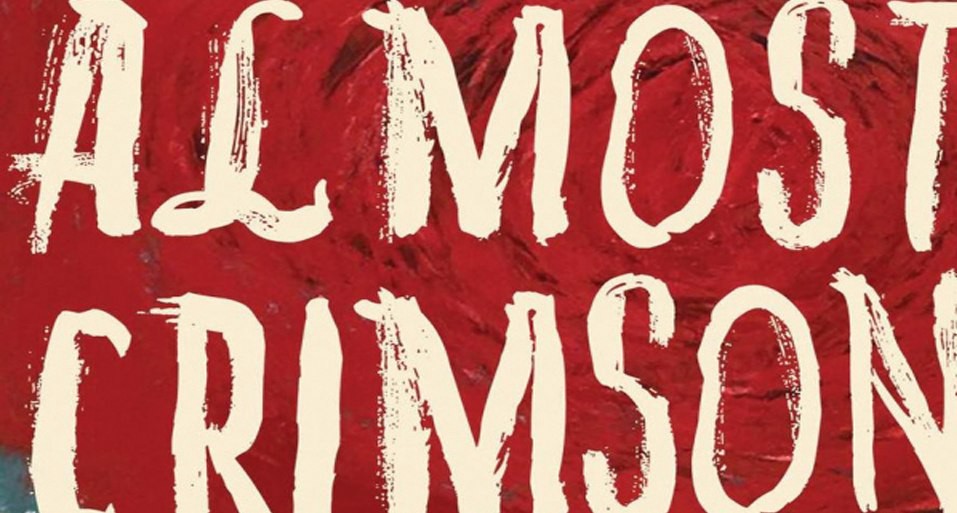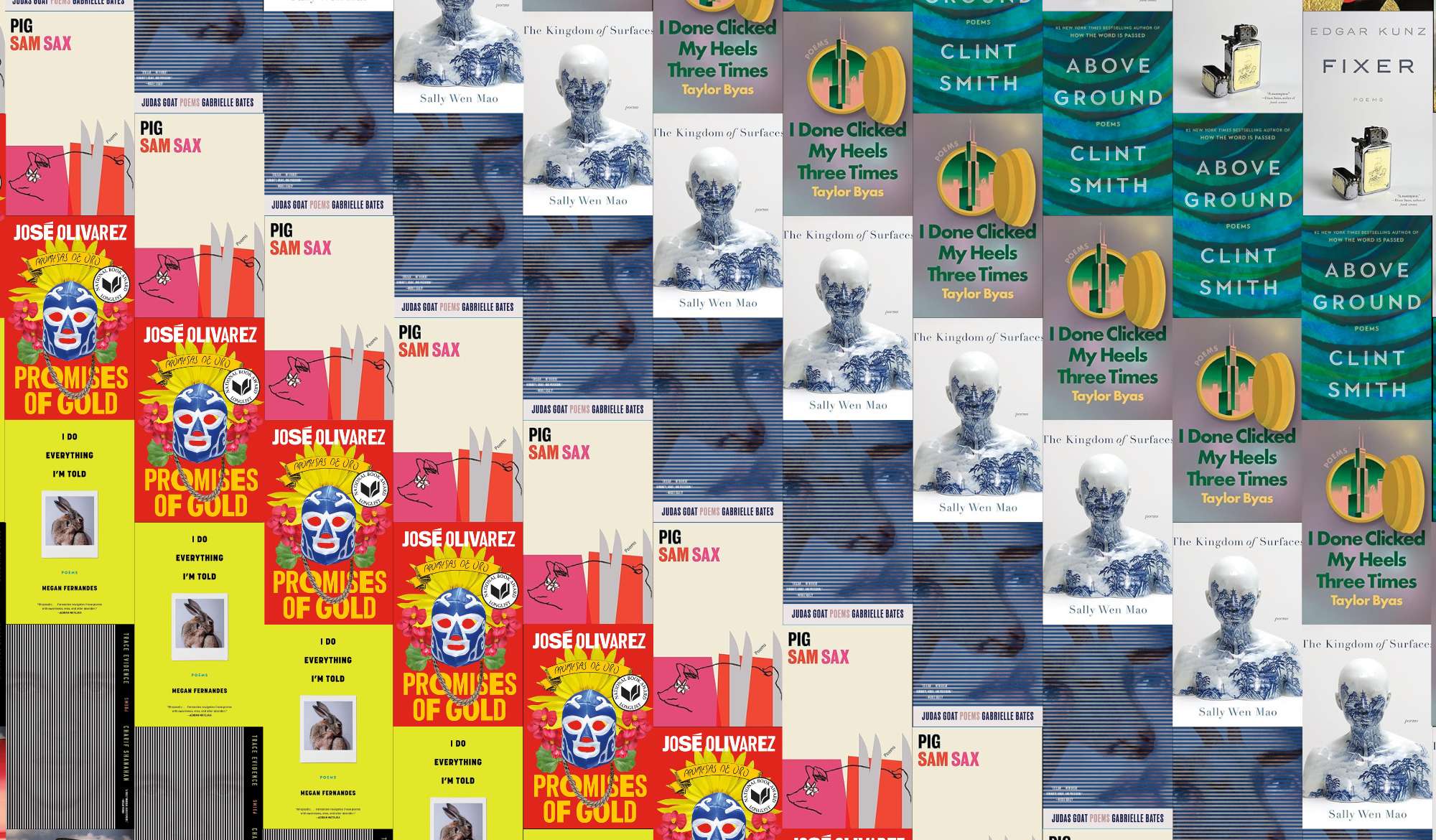Books & Culture
The Systems of Survival: Almost Crimson by Dasha Kelly

Co-dependency is the name of the game in Dasha Kelly’s novel, Almost Crimson. But there’s more to the story than the notion that Crimson, the novel’s main character, develops a co-dependent lifestyle in order to endure her mother’s long-lasting depression, or dysthymia. Crimson, or CeCe, as she’s called, is the child of an absentee father and Carla, a mother who struggles to function after her lover disappears. As a result, CeCe becomes the adult in her house at a very young age. Kelly tells this story in alternating chapters that show CeCe as a young girl, while looking ahead to her seemingly well-adjusted adulthood. Kelly offers her reader a chance for discovery, and this question drives the story: just how does Crimson come to survive her difficult childhood?
Kelly’s work is realistic in its portrayal of depression and its effect on a family, but the work is never sentimental or indulgent. Chapters narrated in a close third person from CeCe’s perspective have the quality of the young woman looking back. Kelly filters these observations through the poignant frustrations of the younger child. CeCe is bright, talented, and driven. But she’s handicapped by a mother that can’t drag herself out of bed:
CeCe knew her mother was being held down by the Sad when her eyes seemed to be searching for only faraway things. Her mother’s eyes were still seeing the closer-up things. In fact, her mother’s eyes were sharp, moving slowly from one passenger from the next. CeCe could tell from the hard lines of her jaw that her mother did not plan to love school like CeCe.
Kelly’s writing is an elegant mix of description and truth; she writes about a difficult family dynamic in a way that demonstrates her understanding of its complexity. Kelly respects her characters and treats them accordingly, even the damaged ones. There are no villains, per se, even in a story where characters’ bad choices make them easy to hate.
Well-meaning adults often try to offer bits of help to children leading difficult lives in broken homes. Almost Crimson shows us — with painful honesty — that sometimes these brief moments of assistance or care don’t amount to much. Though adults reach out to CeCe sporadically, she is mostly alone for the duration of her childhood. When she visits a summer camp — a temporary respite from having to be the adult at home — in the middle of the story, she finds that she doesn’t really fit in. “Befriending the girls made CeCe equally anxious,” we learn. “She couldn’t tell when she was having a conversation or being sized up.” What CeCe learns early in the story is to distrust intentions. Even the well-meaning grown-ups in her life don’t reach out enough — or for long enough — to change her confidence in adults.
Almost Crimson is about learning to survive in the system and working the system.
CeCe couldn’t list many things she’d ever been afraid of. Uneasy? Uncomfortable? Uncertain? Absolutely. All the time. But fear? She’d never had the luxury of being afraid. CeCe’d had to be brave and make complicated decisions for both of them her whole life. The thread of being ferreted away by social workers had made her afraid until she figured out how to answer their questions. CeCe hadn’t been afraid of much since.
The steadiest influences in CeCe’s life are the series of questioning adults who appear, ask questions, help for a minute, but eventually leave. Cece has to navigate even the checks and balances alone. Kelly shows us through her story that many of these kids’ coping mechanisms are merely responses to perceived threats — if not living with the dysfunctional parent, then the risk of being taken away from the parent. Neither is a good option.
Ultimately, Almost Crimson is a story about all the ways we handle anger and disappointment. Do we fight against it? Do we allow it to become a part of our being, driving us to bed as we withdraw from the world, like CeCe’s mother? Do we, as CeCe, allow it to move through us? As she progresses on her journey, CeCe first has to acknowledge her rage.
Cece also welcomed the fluidity of her anger. She sat on pained rocks behind the archer field where the six-year-olds tumbled and raced in the hot sun. CeCe allowed the rush of bitterness to course around inside her. CeCe didn’t hold her breath to stop it. She didn’t resist its steady leaning against her thoughts. She didn’t reject the way her rage sated her. By the time she boarded the yellow bus departing Camp Onondaga, CeCe had fury tucked beneath her tongue.
It isn’t until CeCe allows herself the indulgence of anger — of really feeling her feelings — that she begins to understand why her life has turned out differently than the lives of other children. This is a crucial part of her development, and a necessary step in the growth of character that she’s able to achieve in later chapters.
Almost Crimson becomes, eventually, a story of self-discovery and awakening. Though much of the book focuses on the damage done to CeCe in her childhood, Kelly writes a hopeful tale. CeCe is an example of how one can come from difficult beginnings and still blossom into confidence.

by Dasha Kelly










